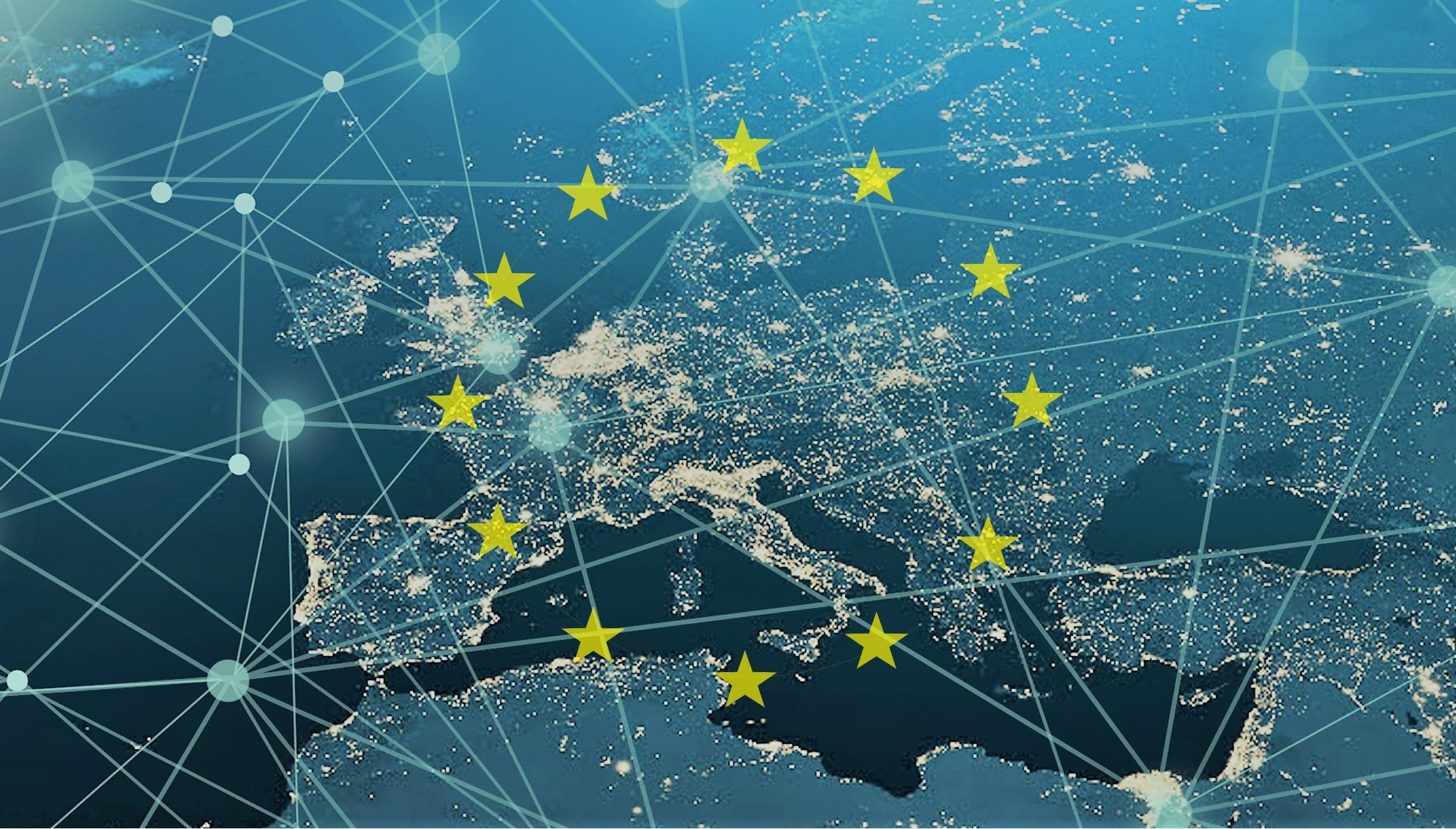Strategic Dimensions of the Energy Transition: Challenges and Responses for France, Germany and the European Union

The low-carbon energy transition in France, the European Union (EU) and the world is today taking place unevenly and too slowly to preserve the climate and biodiversity. CO2 emissions are continuing to rise, while governments’ commitments are insufficient: in the long-term, the world is set to see temperatures increase by +3°C. Efforts to fund adaptation measures still need to be strengthened considerably.

The geopolitical and geo-economic issues related to energy and climate policies are becoming more complex. They are expanding and reinforcing themselves. New rivalries are emerging on top of issues related to supply security in fossil fuels which remain acute (Ukraine-Russia, Iran-Saudi Arabia, maritime straits and terrorism). They follow from new risks and even threats that are geopolitical and geo-economic, linked to the energy transition. These include: critical metals, technologies, innovation and value chains, market access and the control of strategic assets, the establishment and spread of standards, which can be instrumentalized to shape the dominant technological choices and serve industrial interests.
Controlling the value chains of low-carbon technologies is crucial for competitiveness, economic development, energy sovereignty and security. Strategic technologies in the energy transition include: nuclear power; onshore and offshore wind turbines and their magnets; the next generation of photovoltaic cells and inverters; cars with highly-efficient combustion engines; batteries (especially 4th generation) for mobility and stationary storage; hydrogen mobility for rail, buses and freight; electricity storage systems using hydrogen; smart grids and demand response solutions; recycling technologies; and even technologies for protection against cyber risks.
China and the United States (US) have taken a certain lead. For China, this has mainly resulted from strong state action through state-owned enterprises and integrated value chains, large investment capacity and an unmatched appetite for risk. For its part, the US lead stems from policies directly and indirectly supporting domestic actors and an innovation ecosystem which is historically highly developed and effective. American and Chinese companies are also buying up low-carbon technology assets in Europe. The EU has scientific and industrial strengths, but public policies have favoured the breaking up of industrial entities to foster competition and open markets in order to lower prices for consumers, sometimes at the cost of technological leadership objectives.
France and the EU do not master the extraction and enrichment of most critical metals. Photovoltaic cells are Chinese, even if more than half of the value chain is European and local. Neither France nor the EU have technological advantages in onshore wind power, nor in 3rd generation battery cells, of which 50% are Chinese. By contrast, France and the EU have an advantage in solar panel inverters, in floating or fixed offshore wind turbines as well as potential in 4th generation solid batteries or flow batteries. They also have the capacity to make breakthroughs in new generations of photovoltaic cells, as well as in recycling. Finally, the EU has solid capacities in nuclear power, energy efficiency, hydrogen, while also having an important car industry which is progressively shifting to electrification. The EU also has cyber capacities. The bloc should draw on these advantages to build strategic industrial sectors, create jobs and value added in Europe, and to avoid technological dependence.
At the European level, the energy transition is about to reach a milestone. The EU is on track to meet the 20-20-20 objectives (although emissions are likely to be above targets in Germany for sectors not covered by the carbon market, and despite the recent slowdown in energy efficiency efforts). In 2018, tougher targets have agreed for 2030 and discussions have opened on objectives and strategies for 2050. To be on a pathway consistent with the +2°C temperature limit, and ideally with the +1.5°C limit, Europe’s efforts need to be accelerated and deepened in order to complete a new, more difficult and complex phase. Systematic transformations in governance and public policies, company strategies and citizens’ behavior are required. These transformations need to be grounded in the broadest consensus possible. Indeed, European policies concerning energy and climate change were established in a context and with objectives that do not correspond to deep decarbonization and were largely focusing on market integration and supply security. The challenge now is to adapt them to this profound transformation.
France and the EU are on the threshold of an unprecedented phase in decarbonization. It will involve strategic thinking, veracity and responsibility for objectives, technological choices, costs and technical constraints, opportunities and decarbonization pathways because major, complex decisions about the future need to be made. Although France and Germany have fundamental differences over nuclear power, they have a key role to play in pushing forward global and European governance over energy, and must encourage other willing European partners to join them. The two countries deserve betting on a Franco-German climate union which would take small and big steps in terms of bilateral cooperation, within the EU and at the global scale.
On the eve of the next European elections, a new energy transition pact could be established on the basis of the following recommendations:
- Pursuing the goal of carbon neutrality, or quasi-neutrality, by 2050, and strengthening existing commitments to cut emissions by -40% by 2030 (up to -43% or -45%), in order to take into account the reinforcement of public policies (the Clean Energy and Mobility Packages in particular) while also sending a strong signal and contributing to the success of the next summits on global climate governance in September and December 2019.
- Increasing the capacity for states, regions and cities to experiment new ways of supporting investment and innovation in low-carbon technologies, while working for enhanced cooperation in the industrial and regulatory fields. These initiatives would begin on a voluntary basis but could be supported and coordinated by a European Energy Transition Agency.
- Implementing a common electricity strategy between France, Belgium, the Netherlands and Germany within a context of readjusting national electricity mixes and progressive decarbonization. This analysis of regional production equilibriums should also feed the debates on the most relevant interconnection scheme post-Brexit, and on whether new nuclear power stations should be built in the coming decades.
- Given vulnerabilities in critical metals, France and the EU need to act and favor new, responsible mining projects on their land, and link their development aid to the implementation of environmental and social standards in the mining sector, while supporting traceability initiatives. Four areas must be pursued simultaneously on the demand side: re-use, recycling, reduction and reindustrialization.
- Consolidating Europe’s industrial policy for low-carbon technologies, by drawing on the initial lessons of the European Battery Alliance. Drawing on a sound diagnosis of present and future technological dependence, as well as on a close dialogue with academia and business, the EU should mobilize all possible public policy tools available (regulations and standards, funding, education, etc.) in order to improve Europe’s cost- and non-cost competitiveness. At the same time, the EU should organize a frank dialogue with its trade partners to guarantee fair access to their domestic markets.
- Lastly, accelerating work on the taxonomy in order to promote the large-scale development of green and responsible finance and to encourage investments compatible with the Paris Agreement within the EU, but also with emerging countries.
In addition to this overhaul of Europe’s domestic agenda, the EU must adjust its diplomatic strategy and strengthen global leadership to fight climate change. This involves investing in bi-lateral cooperation (EU-China, EU-India, etc.), to link free-trade agreements with ambitious climate commitments, or, failing this, to evaluate the relevance of a carbon tax on the EU’s borders. The Union should also draw on global governance bodies such as the G7 and the G20 to increase efforts for controlling energy consumption and obtain an end to investment in traditional coal-fired power stations. New alliances must be constructed to favour the sustainable transformation of cities and a scaling up in the electrification process, especially in sub-Saharan Africa. Lastly, the EU’s decarbonization strategy should include specific measures to accompany efforts made by neighbouring countries (in the Eastern Europe and the South of the Mediterranean) to avoid the creation of a new climate wall on Europe’s borders.
Download the full analysis
This page contains only a summary of our work. If you would like to have access to all the information from our research on the subject, you can download the full version in PDF format.
Strategic Dimensions of the Energy Transition: Challenges and Responses for France, Germany and the European Union








